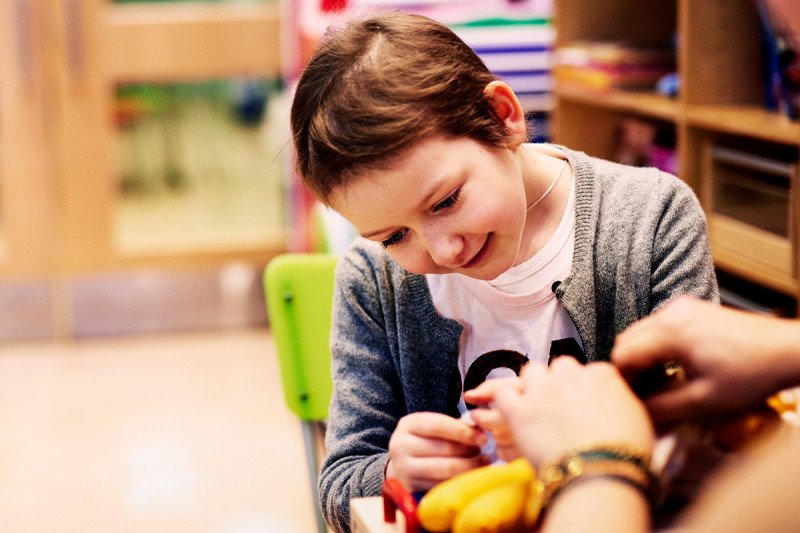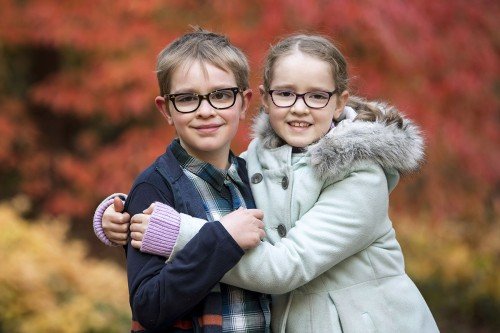
Our specialists take care of young people with all types of cancer and blood disorders. We create a personal treatment plan for each young person in our care. Here’s more information on how we approach some of the major cancer types, blood disorders, and the experts who specialize in them:



